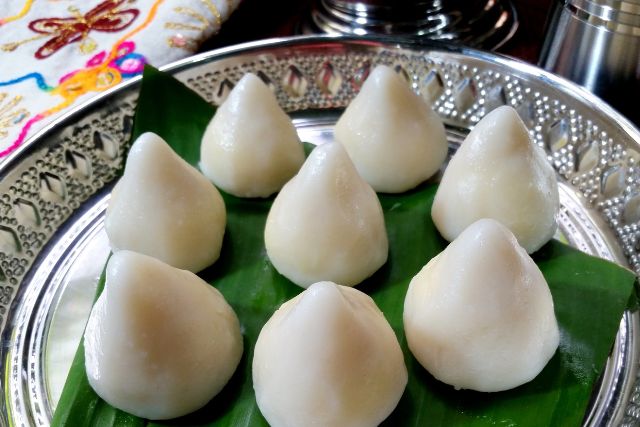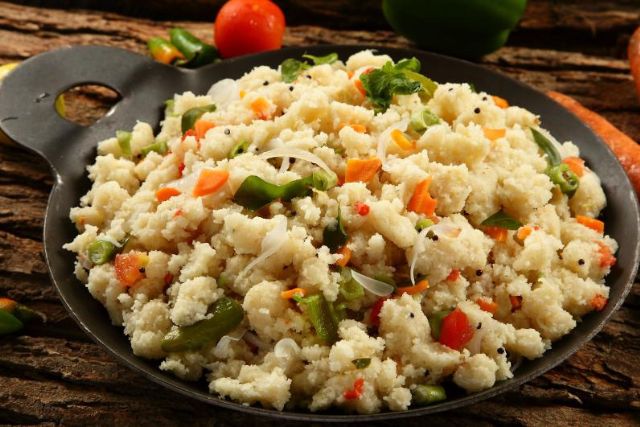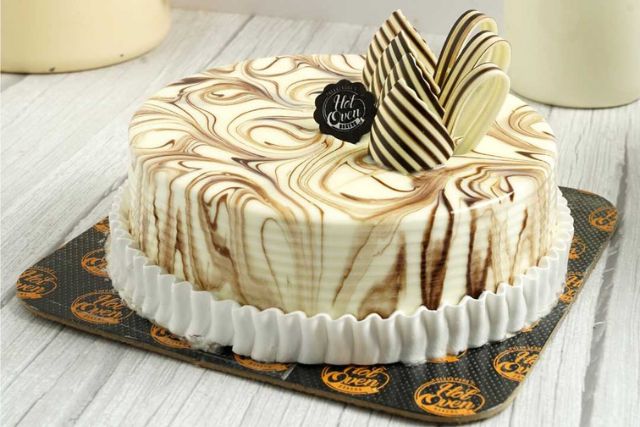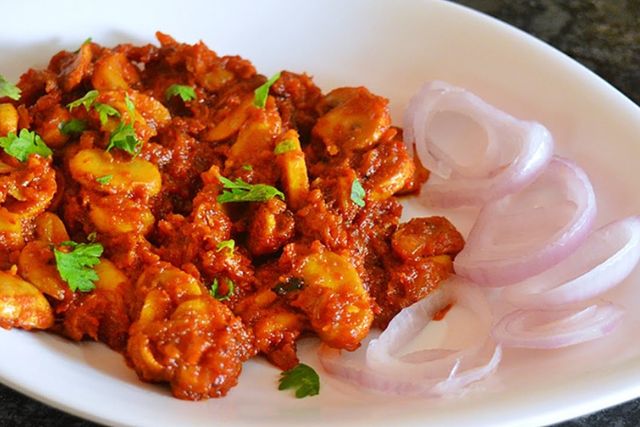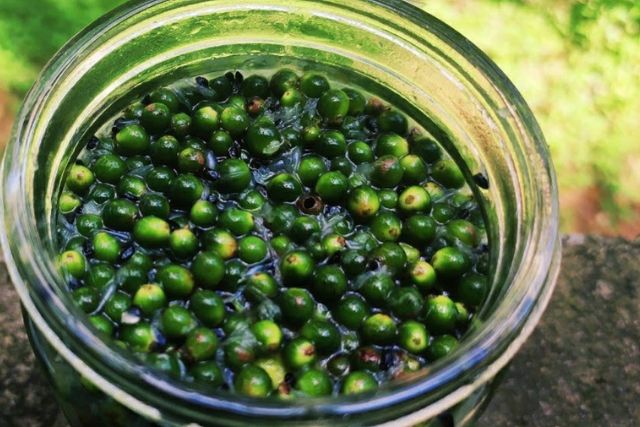Huggi Recipe – A Comforting Taste of South Indian Tradition
In the bustling landscape of South Indian cuisine, Huggi stands out as a beloved dish cherished for its simplicity, heartwarming flavors, and cultural significance. Rooted in Karnataka, India, Huggi Recipe (also known as Pongal or Khara Pongal) holds a special place in festivals, rituals, and everyday meals alike. Whether you’re seeking a wholesome breakfast option or a satisfying dinner, mastering the art of Huggi recipe promises to bring joy to your kitchen and palate. Join us as we delve into the history, ingredients, cooking techniques, and step-by-step instructions to prepare this delightful dish at home.
Understanding Huggi Recipe : Origins and Cultural Significance
Huggi traces its origins to Karnataka, where it is a staple in traditional cuisine. The dish is often associated with festivals like Makar Sankranti, where it symbolizes prosperity and abundance. Its simplicity and use of local ingredients reflect the essence of South Indian culinary traditions, making it a favorite comfort food for many.
Key Ingredients of Huggi Recipe
The beauty of Huggi recipe lies in its minimal yet flavorful ingredients, which are readily available in most kitchens. Here are the essential components:
- Rice: Typically, short-grain rice like Sona Masuri or any local variety works best.
- Split Yellow Moong Dal: Adds protein and creaminess to the dish when cooked.
- Ghee: Clarified butter that imparts richness and enhances flavors.
- Black Pepper: Provides a mild heat and depth of flavor.
- Cumin Seeds: Adds earthy notes and aromatic undertones.
- Ginger: Freshly grated ginger adds warmth and enhances digestion.
- Curry Leaves: Infuses a distinct South Indian flavor.
- Cashews: Optional but adds crunch and richness.
Step-by-Step Huggi Recipe
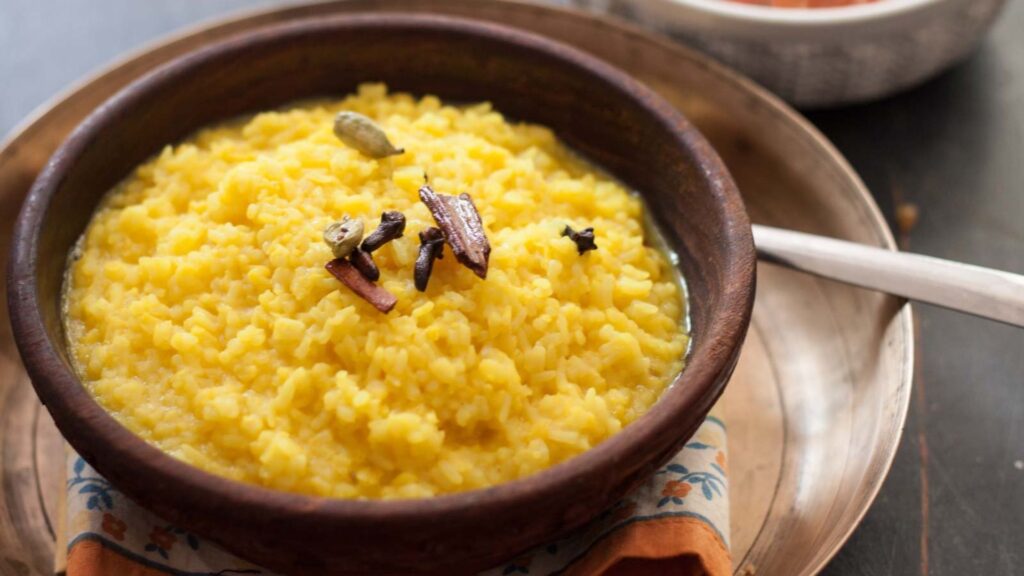
Ingredients:
- 1 cup short-grain rice (Sona Masuri)
- 1/2 cup split yellow moong dal
- 4 cups water
- 1 tablespoon ghee (clarified butter)
- 1 teaspoon cumin seeds
- 1 teaspoon black pepper, freshly ground
- 1-inch piece ginger, grated
- 10-12 curry leaves
- Salt to taste
- Optional: Cashews for garnish
Instructions:
- Prepare the Rice and Dal: Rinse the rice and moong dal thoroughly under cold water until the water runs clear. Drain well.
- Cooking the Huggi Recipe:
- In a large, heavy-bottomed pot, combine the rinsed rice, moong dal, and 4 cups of water.
- Bring to a boil over medium-high heat, then reduce the heat to low. Cover partially with a lid and let it simmer for about 20-25 minutes, stirring occasionally to prevent sticking. The mixture should become soft and porridge-like.
- Tempering:
- In a small pan, heat ghee over medium heat. Add cumin seeds and let them sizzle for a few seconds until fragrant.
- Add grated ginger, black pepper, and curry leaves. Sauté for another 30 seconds until aromatic and the ginger starts to turn golden.
- Combine and Season: Pour the tempering mixture over the cooked rice and dal. Add salt to taste and mix well until everything is evenly combined.
- Optional Garnish: In the same pan used for tempering, lightly roast cashews until golden brown. Garnish the Huggi with roasted cashews for added texture and flavor.
- Serve Hot: Huggi is traditionally served hot, often accompanied by coconut chutney, pickle, or a side of yogurt.
Tips for Success
- Consistency: Adjust the amount of water based on your desired consistency—some prefer Huggi thick like porridge, while others prefer it slightly runny.
- Variations: You can customize Huggi by adding vegetables like carrots, peas, or beans during cooking for extra nutrition and flavor.
- Storage: Huggi keeps well in the refrigerator for up to 2-3 days. Reheat gently on the stove or microwave, adding a splash of water if needed to restore its creamy texture.
Huggi Recipe represents the heart and soul of South Indian cuisine-a dish that is both comforting and nourishing. By following this guide, you can bring the authentic flavors of Karnataka into your home kitchen, whether you’re celebrating a festive occasion or simply craving a wholesome meal. Embrace the simplicity of Huggi Recipe and explore its versatility as you create memorable dishes for yourself and your loved ones. Happy cooking!
Frequently Asked Questions (FAQs)
What is Huggi?
Huggi, also known as Pongal or Khara Pongal, is a traditional South Indian dish from Karnataka and Tamil Nadu. It is a savory rice and lentil porridge typically seasoned with black pepper, cumin seeds, ginger, and curry leaves, often enjoyed as a breakfast or festival dish.
How do you make Huggi?
Answer: To make Huggi, start by cooking rice and split yellow moong dal together until soft and creamy. Prepare a tempering of ghee, cumin seeds, black pepper, ginger, and curry leaves, then mix it into the cooked rice and dal. Season with salt, garnish with roasted cashews if desired, and serve hot.
What is the difference between Huggi and Pongal?
Huggi and Pongal are essentially the same dish. Huggi is the Kannada name for this dish, while Pongal is the Tamil name. Both refer to a savory rice and dal porridge cooked with spices and typically enjoyed as a breakfast or festive dish.
Can I make Huggi without moong dal?
While split yellow moong dal is traditionally used in Huggi Recipe for its texture and flavor, you can substitute with other lentils like split pigeon peas (toor dal) or even whole moong dal. Adjust cooking times and water ratios accordingly based on the lentil used.
Can I use other types of rice for Huggi?
Yes, you can use other varieties of rice such as Basmati or jasmine rice, but traditionally short-grain rice like Sona Masuri is preferred for its ability to become creamy when cooked.
Is Huggi vegan?
Huggi can be made vegan by substituting ghee with vegetable oil or coconut oil. Ensure all other ingredients used, such as cashews for garnish, are also vegan-friendly. The dish retains its authentic flavors and richness even without ghee.
Is Huggi gluten-free?
Yes, Huggi is naturally gluten-free as it does not contain any wheat or gluten-containing ingredients. However, always check the labels of packaged ingredients like ghee for any potential gluten cross-contamination.
What are the health benefits of Huggi?
Huggi is a nutritious dish that provides a good balance of carbohydrates, protein, and essential vitamins. The combination of rice and lentils offers dietary fiber, while spices like ginger and black pepper aid digestion. It’s a wholesome meal option that can be part of a balanced diet.
Can I make Huggi without ghee?
While ghee adds richness and flavor to Huggi, you can substitute it with vegetable oil or coconut oil for a vegan version. The taste and texture will vary slightly, but it will still be delicious.
How do I adjust the spiciness of Huggi?
The spiciness of Huggi Recipe primarily comes from black pepper. You can adjust the amount of black pepper according to your preference for mild or more pronounced heat.

